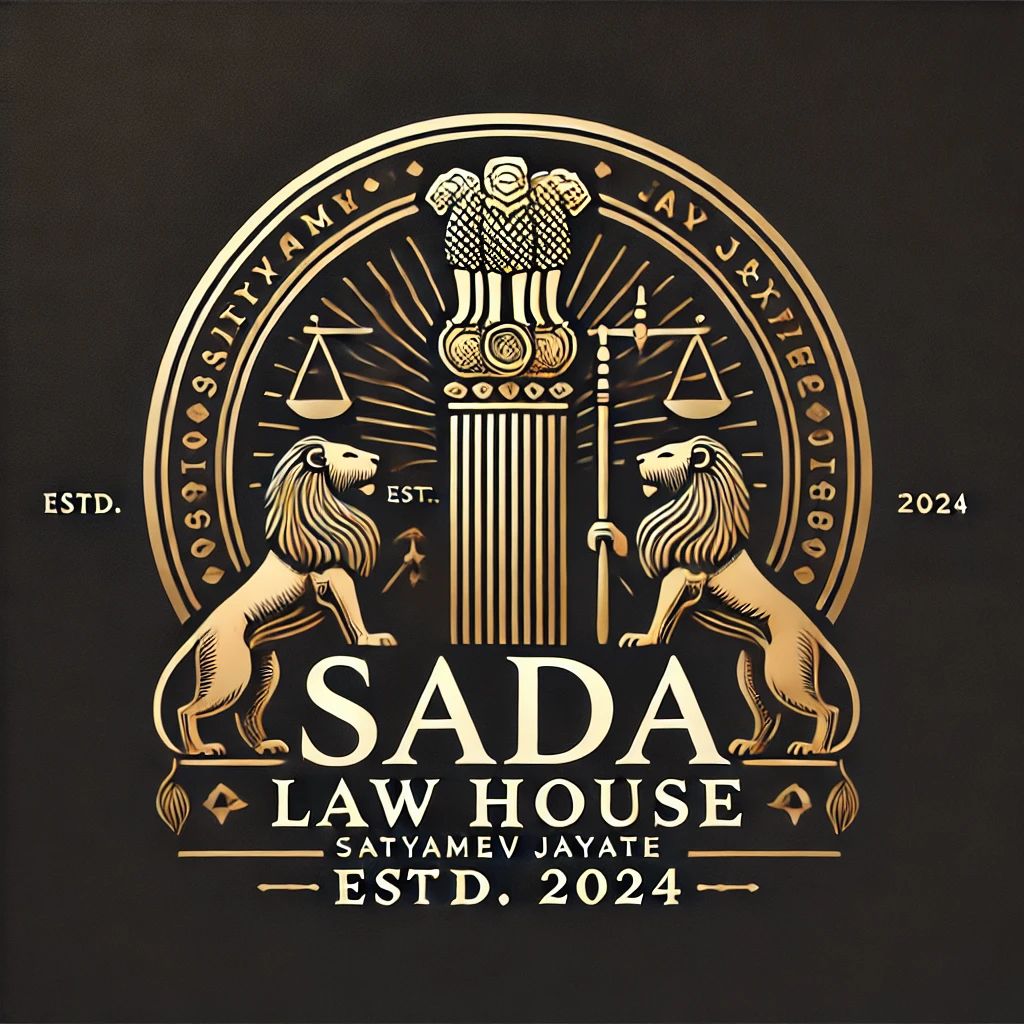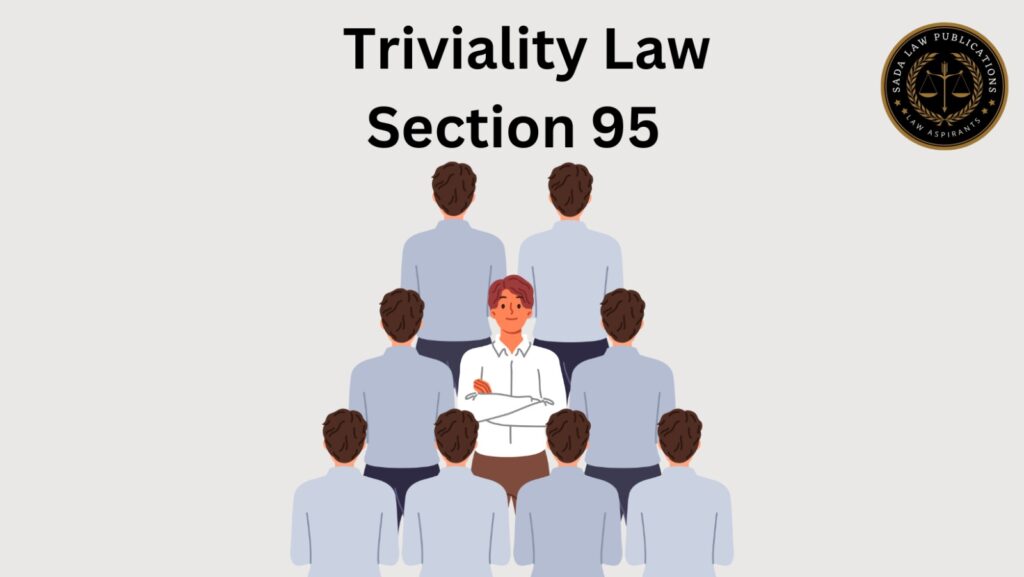Addressing Judicial Issues in Revenge Porn Cases
Trending Today Addressing Judicial Issues in Revenge Porn Cases Triviality section 95 INDIAN YOUNG LAWYERS ASSOCIATION v. STATE OF KERALA & Ors Legal Framework governing reproductive rights and abortion law The Role of International Law in Shaping Domestic Constitutions Indigenous Peoples’ Rights and Cultural Heritage Preservation SPORTA TECHNOILOGIES V. HONG Y1 F35 Addressing Judicial Issues in Revenge Porn Cases 30 jan 2025 Introduction An irreplaceable asset in today’s world for a person is their privacy, dignity, respect and safety. The invention of the internet and the existence of social media has certainly connected us all to a global platform where communication and collaboration was effortless, but joining it comes with its own risks, and one such risk is lack of privacy. We humans are generally motivated by knowing what is happening inside and around us; we tend to invest our shares in the lives of others, which has now become easier thanks to various social media. Revenge pornography, or sharing intimate images without consent, is one such risk that has increased over the years, with the aim of threatening, brutally humiliating and using a person’s shame for selfish pleasure. We live in a society where rape, prostitution, human trafficking, public humiliation, acid attacks, honor killings, dowry etc. The bitter truth of society is that even with proper education and knowledge of the circumstances, society raises questions about the victim’s behavior instead of taking a stand against the criminal. Social media is now a target for such malicious people who target innocent people and use their private moments to torture and blackmail them to satisfy their barbarity. Before we read more about revenge porn, let’s first find out what is pornography? Presenting sexual activity to excite one person is called pornography. It can be understood as a clear presentation of sexual activity that focuses only on sexual pleasure and nothing else. Various researchers and theorists argue that pornography represents a patriarchal society that views women as objects that must always be silent and subservient to them. There have been various studies that show that these pornographically provocative videos have deceived viewers and often show excessive violence against a person. Now that we are aware of pornography, let’s look at the topic of revenge porn in a little more detail and what it is all about. Revenge pornography refers to the misuse of a person’s personal information and involves stalking and intimidating behavior. It concerns the dissemination of explicit images and videos of a person’s intimate time online without the person’s consent, with the aim of publicly slandering the person and causing shame and humiliation. Usually, when such crimes are mentioned and carried out, it is assumed that only women go through such a traumatic experience, but this could not be further from the truth. This form of non-contractual pornography involves sharing material online or offline, such as uploading and sharing on the Internet, adult websites, social media, sharing via email, etc. The reason for such an unethical act can be as simple as feeling betrayed, anger, resentment for the actions of people or even just a desire to harm others to satisfy one’s fragile ego. Yet nothing is said or done to justify such immoral actions. People who indulge in such actions for a moment of anger or temper are often shallow and lack empathy for others. The difference between revenge porn and regular porn is the purpose for which the video was made. The parties of the pornographic video are aware of the purpose behind the creation of the video and are aware what the video is created contains and agree to upload the video at their own will; whereas in revenge pornography cases pornographic content is often uploaded as a means of intimidation where offender seeks to ruin the reputation of the victim and in most cases the victim is not aware of this kind betrayal or revenge. Also, the purpose and motto of the uploading such content to the website is different. If the porn content is uploaded to increase the ratings of the porn star, to make a profit and to build a name and gain popularity; the idea behind revenge porn is to hurt the victim and humiliate the victim’s family and cause irreparable damage to the victim’s character. There are also cases where the photos of the victim have been changed into images of porn stars with the help of modern technology, tarnishing their name and character in society, although the victim is not really guilty. Those films or images are taken covertly without the knowledge of the person and are used as a source or source of shame or even in certain cases these videos are used as blackmail material. Porn films are exaggerated videos that are filmed in a similar way to films with regular high definition cameras, with the aim of profiting from these films. They have no reality and are often based on a story that the stars are acting. These are not intimate private moments between people, but the collective work of the entire team that benefits from the distribution of this film. Revenge porn is a crime The intentional distribution of non-contractual porn on the Internet is a type of cyber bullying that occurs when an acquaintance of the victim or a hacker posts a private intimate moment of the victim online as a tactic to punish or humiliate the victim. Cases of revenge porn often make news for celebrities, who often publicly confront such stalkers. Legally, revenge pornography is a form of cyber sexual harassment and in some cases is defined as cyber bullying. Cases of revenge porn are on the rise in our country, and new technological advances are not helping matters. The distribution of such non-consensual content is often considered virtual rape because it offends a person and causes a person’s life value of trauma and confusion. Because revenge pornography is considered a cybercrime, it can be punished with imprisonment and fines. In such scenarios,
Addressing Judicial Issues in Revenge Porn Cases Read More »




